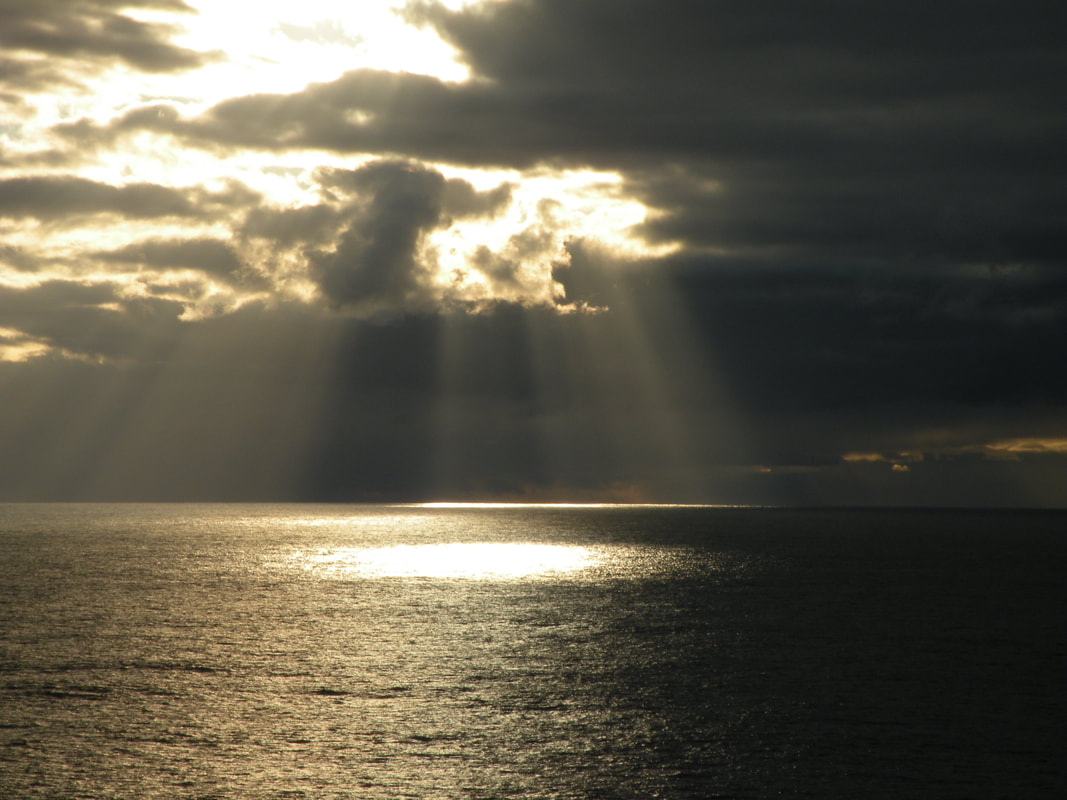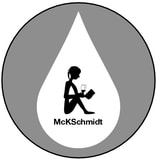|
It was the courageous testimony of Marie Yovanovitch, former ambassador to Ukraine with thirty-three years experience in the Foreign Service Department, who got me thinking about the people behind the scenes, government employees working to keep us safe, individuals who must stay focused while the pendulum of politics shifts about them. Her testimony made me realize how rarely I think about, or express gratitude to, others like her. It got me thinking about the Environmental Protection Agency, an organization charged with protecting human health AND the environment. It is not an easy task when climate change threatens to unravel decades of success addressing issues like polluted runoff and invasive species. Nor can it be easy when a new administration pulls threads from the fabric of legislation used to balance human life with the health of our water, air, and land. The EPA was created in 1970 because people in the country were alarmed at the deteriorating condition of the environment and the potential health risks to themselves and their families. Rachel Carson’s 1962 book, Silent Spring, outlined the dangers associated with DDT, pesticides, and other synthetic chemicals. Smog emitted from automobile emissions and industries choked large cities like New York and Los Angeles. Polychlorinated biphenyls (PCBs) were found in mothers’ breast milk. Poisons were leaking from rusty drums into backyards. A man-made chemical used for testing nuclear weapons was discovered in crops growing near or in contaminated soil. Factories dumping chemical pollutants, human waste from city sewers, phosphorous and pesticides from agriculture killed a plethora of fish along Lake Erie’s shoreline. And, according to a report published by the Science History Institute, the country was throwing out 100 million automobile tires and 30 billion glass bottles per year. Most of the trash was piled “in mountainous open dumps.” According to Meir Rindle, author of the Science History Institute report, President Richard Nixon created the EPA and proposed an ambitious pollution agenda not because he was “a nature lover,” but because he was politically astute enough to realize the political power of an environmental movement that was sweeping the country. Shortly after taking office in 1969, public outrage over two events forced his hand. In January, oil leaking from an offshore rig off the coast of Santa Barbara covered twelve miles of beaches in southern California, killing birds and other marine life. Months later, Time magazine published a front cover photograph of Cleveland’s Cuyahoga River engulfed in flames, its surface polluted from decades of industrial waste. And while the photo was from a 1952 fire, not the smaller 1969 fire, the photo brought to the forefront the condition of our sources of drinking water. In 1970, President Nixon, a Republican, presented the Democrat-controlled Congress with a 37-point message on the environment. The result was bipartisan legislation like the Reformation Plan of 1970—which gave birth to the EPA in December 1970, the Clean Water Act of 1972, the Endangered Species Act of 1973, and several amendments to the Clean Air Act of 1963. In the 1970s, the environment was neither a Republican nor Democrat issue. It was an issue of life and health. It still is. However, as reported in September in The New York Times, under the Trump administration—with Republican support—eighty-five environmental rules affecting issues such as air pollution and emissions, drilling, animal protection, toxic substances, and water pollution are being rolled back. On a local level, Since President Trump took office, the number of inspections of factories and other industrial plants by the EPA’s Midwestern office has dropped 60%. According to a November 25th editorial in the Chicago Sun Times, there are 150 fewer scientists, technicians and other employees covering six of the Great Lakes states, including Michigan. And it appears many of their recommendations are being ignored or overruled. Quoting a report by the Better Government Association, the editorial points to examples such as a decision to no longer require a waste incineration plant in Sauget, Ill to monitor smokestacks despite a decade’s worth of evidence of arsenic, lead, mercury, and other metals polluting the air. Tests for cancer-causing gases at three Chicago suburban plants have been curtailed. A copper and nickel mine in Minnesota was allowed to discharge wastewater that could contaminate the St. Louis River and Lake Superior. An electronics plant near Racine, WI was granted an exemption from required air filters. It feels as if we are slipping back into the environmentally toxic days of the sixties. What will it take for us to say, “enough?” Resources:
1 Comment
Eric Stemle
11/26/2019 09:57:37 am
Mary, thank you for the historical perspective, the reminder of how far we had come with environmental protection until just recently. It doesn't take long to fall back, does it? You would think that the need to protect our land and air and water, our wildlife, would rise above political and economic concerns, but that is clearly not the case with this administration. I join you in saluting the apolitical servants of agencies such as the EPA, those who are blind to agenda and insightful to our planet's needs.
Reply
Leave a Reply. |
From briefcase to pen, paper and camera, one woman's journey to influence
how we care for the environment, our seniors, each other. Available
from your local bookstore or online retailer 
The Ideal Gift Tiny Treasures, a collection of wildflower photographs and poetic prose, available by contacting me. The 2nd Edition of Tiny Treasures is designed for use on PCs, tablets, and phones and is available at online stores. To learn more, click on the Ibook/Ebook button below:
|




 RSS Feed
RSS Feed
